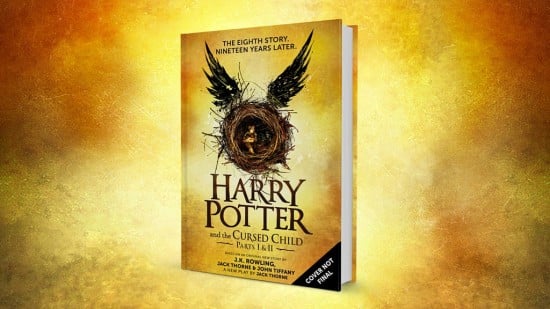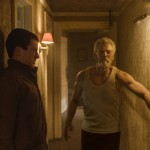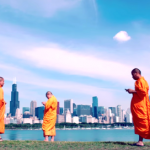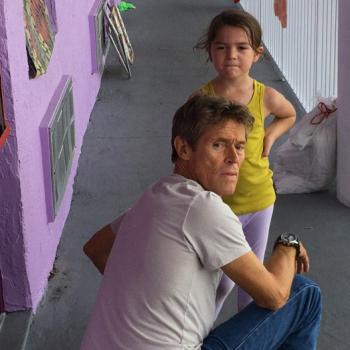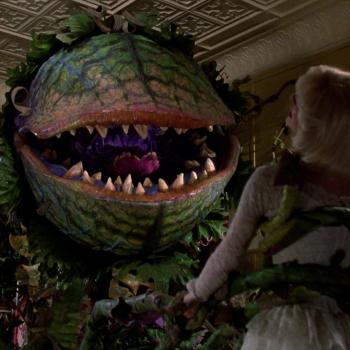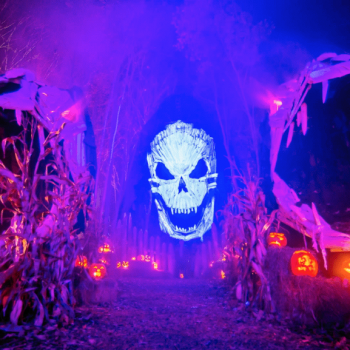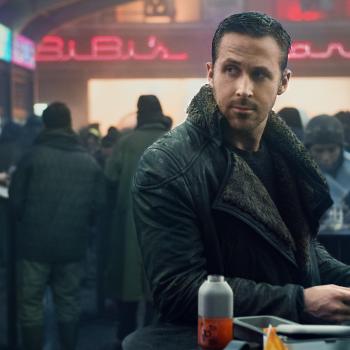Harry Potter and the Cursed Child
We didn’t need another Harry Potter story, and this one isn’t without its flaws. The script by Jack Thorne (based on a story by Thorne, J.K. Rowling and John Tiffany), for a play currently being performed in England, definitely bears the weaknesses of the novels (i.e. plots that would be more at home on “Scooby Doo”), and Hermione fans will likely be disappointed to see one of the series’ most beloved characters relegated to the sidelines (actually, most female characters here are pretty poorly represented).
But there’s something about this story that stayed with me after finishing it. It’s nice to see Harry again, sure, but it’s his son Albus and, even more strikingly, Albus’ best friend, Scorpius Malfoy, who take center stage. Rowling has always had a knack for creating wonderful characters, and the friendship between Albus and Scorpius is one of the most moving and powerful in the entire series. The plot might be silly, but it’s a great deal of fun to [slight spoilers from here on out] revisit beloved parts of the series from another perspective and take a trip through some alternate histories. It’s also thematically rich. Events near the end of “Harry Potter and the Goblet of Fire” play a big role in this, and with good reason. That was the moment the series went from standard kids’ stuff to a story that wasn’t afraid to play dark and dangerous. A big theme of “Cursed Child” is that our biggest trials shape us into who we are and we wouldn’t be the people we are today without them.
It’s also fascinating to read this with Harry Potter as an adult. I started reading the series when I was in my mid-twenties. Harry was always a kid in the books, always much younger than me. In this story, he’s 37, the same age as me. He struggles with work and taking care of home. He’s a father. And the story is about the demands of fatherhood, the messiness of parenting and the complex relationships between fathers and sons. Its also about wrestling with your legacy and what it’s like for sons to live in the shadows of their fathers. Heavy stuff for what used to be looked at as a children’s story.
I was afraid that the stage-bound aspect of “Cursed Child” would rob it of the whimsy and spectacle the Potter books of known for. But the story is packed with just as much magic as we’ve come to expect — shape shifting, wand battles, curses and time travel all play a role. I’m curious to see how this all plays out on stage. Flaws and all, “Harry Potter and the Cursed Child” feels less like a money grab and more like the proper epilogue we all wanted from “Deathly Hallows.” It’s a must-read for all Potter fans.

